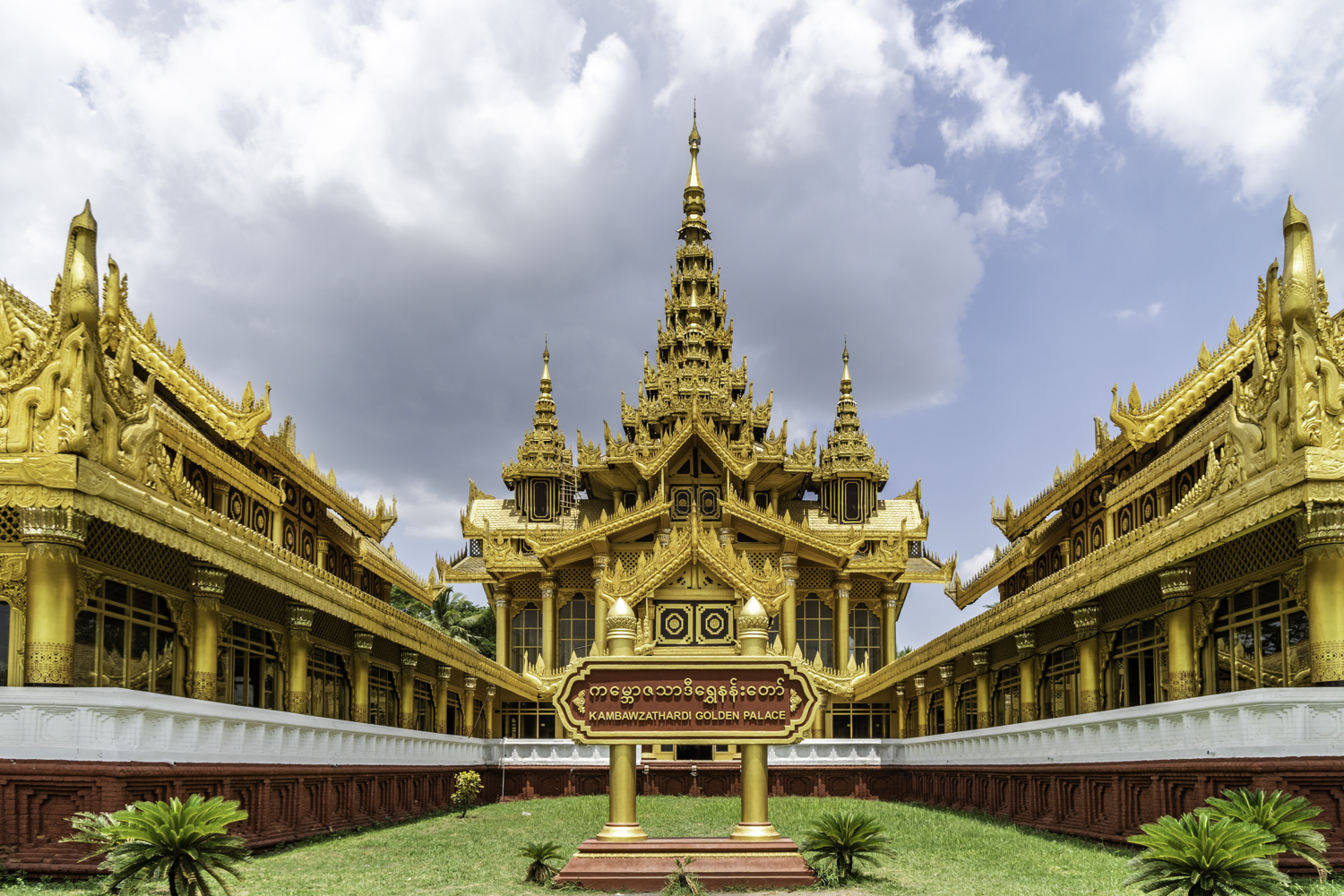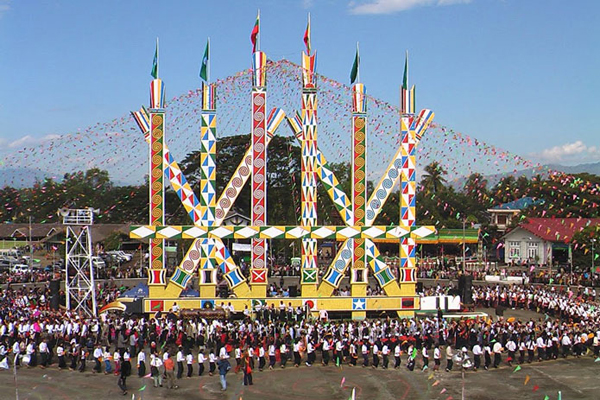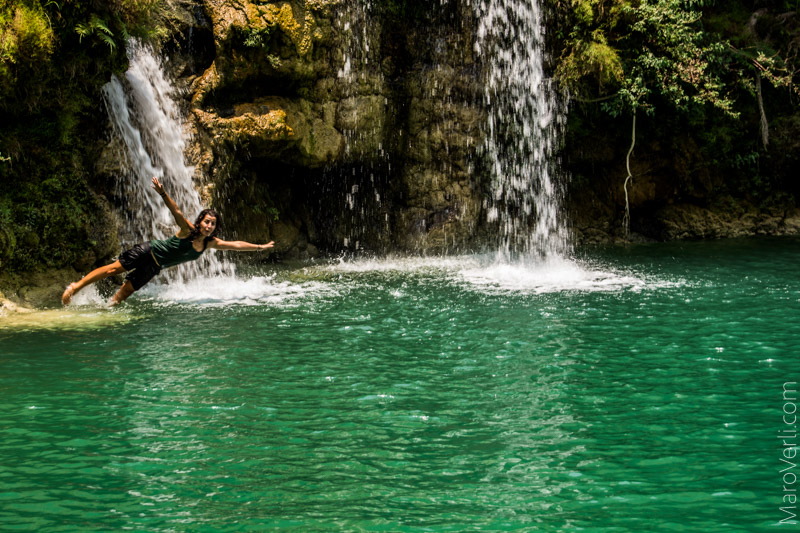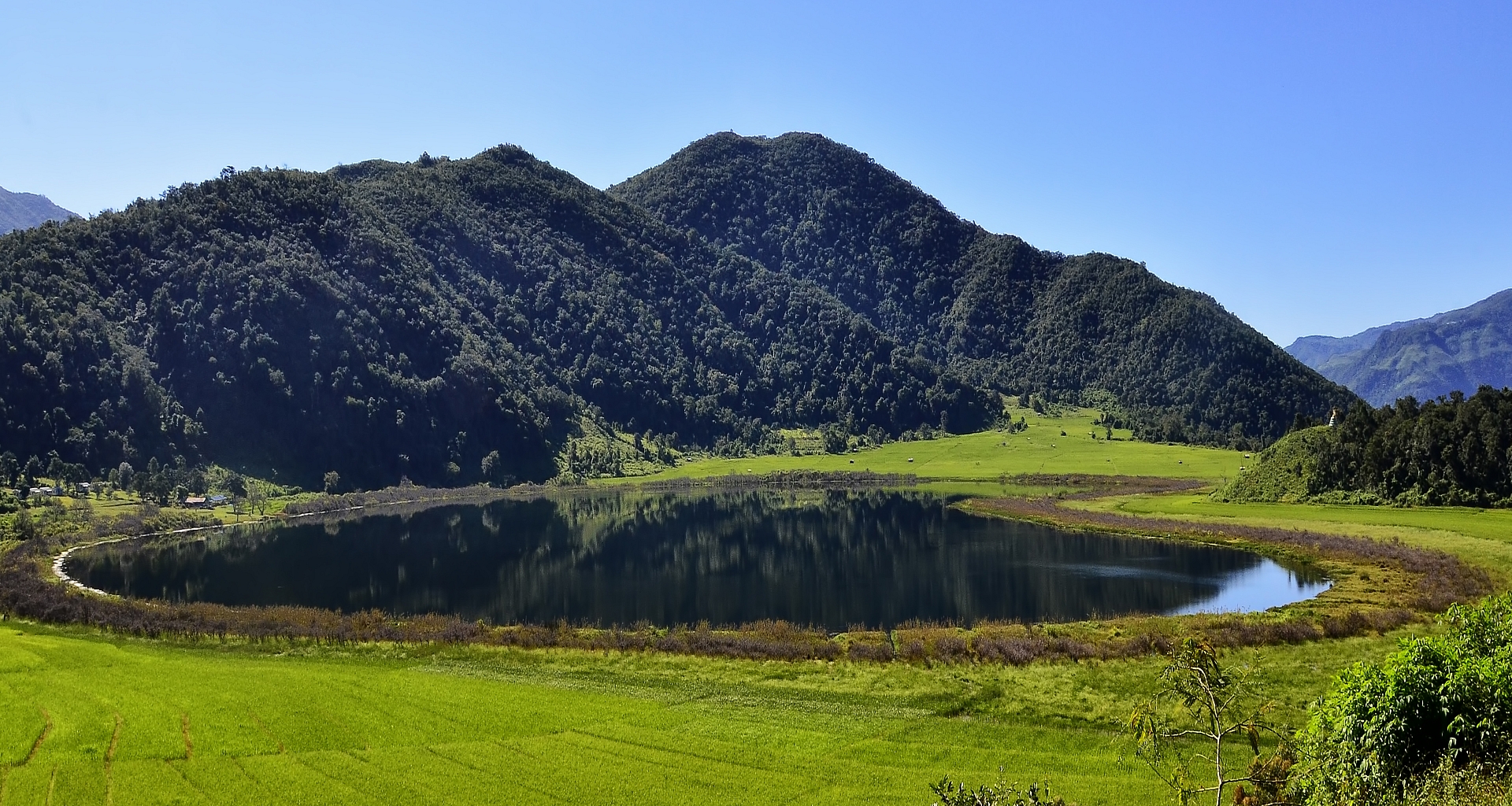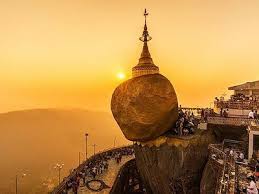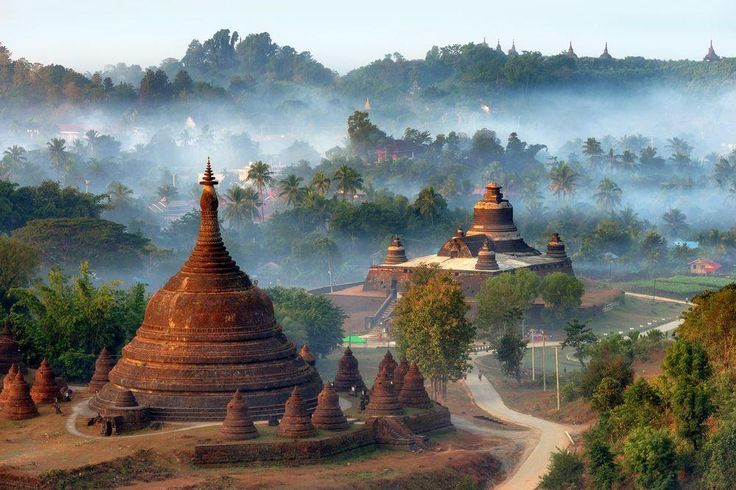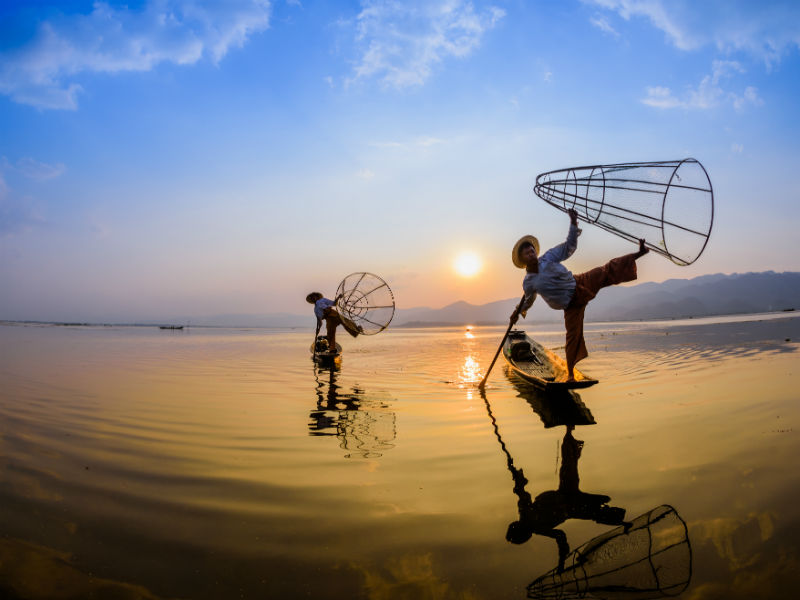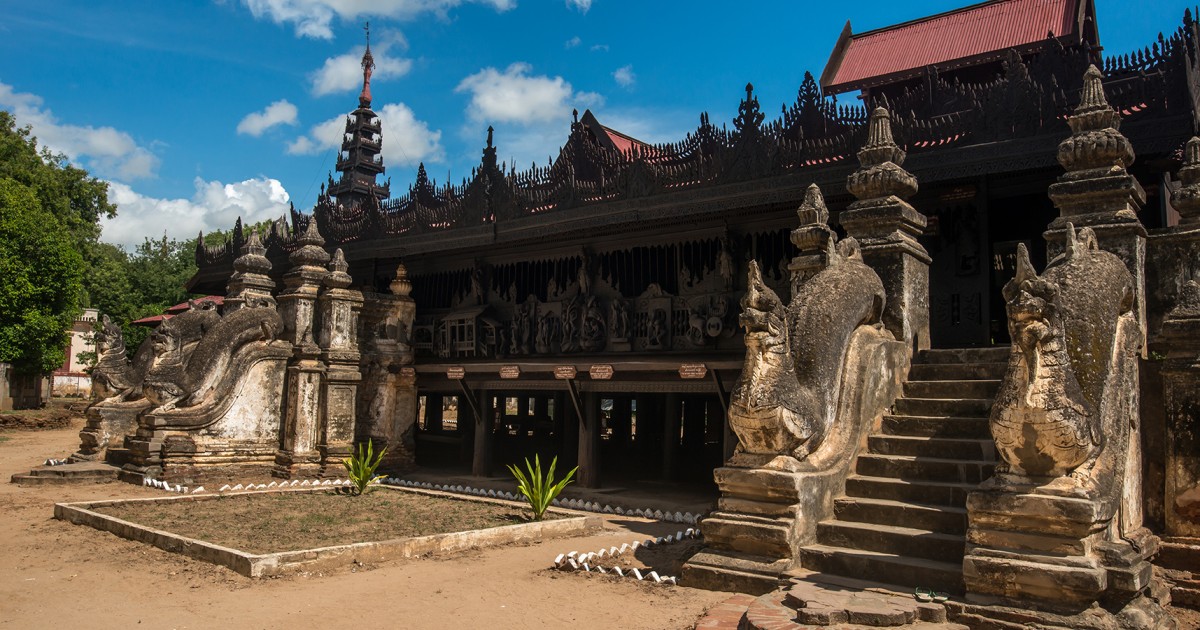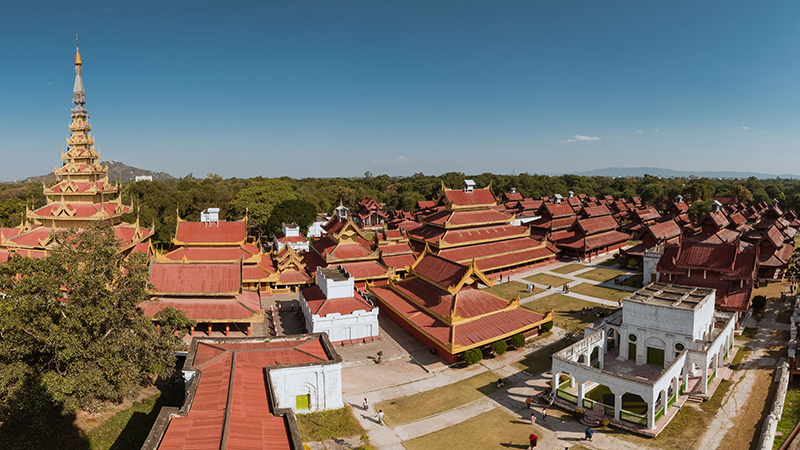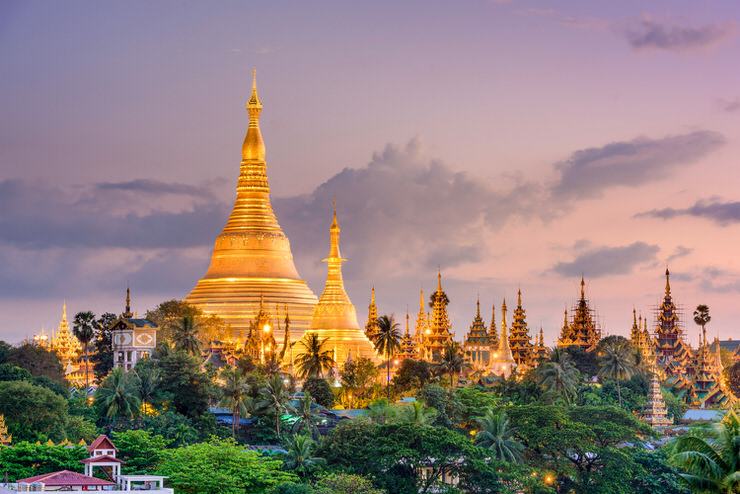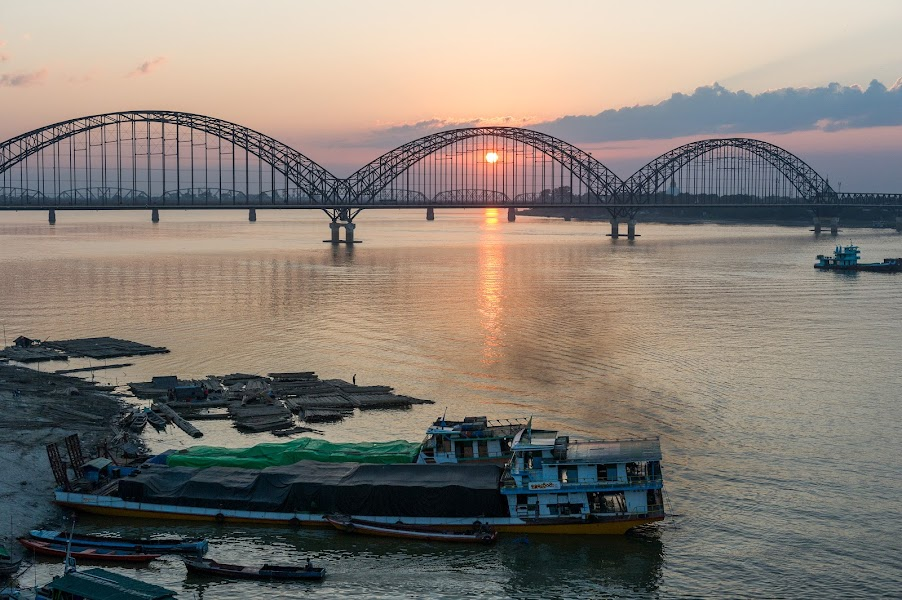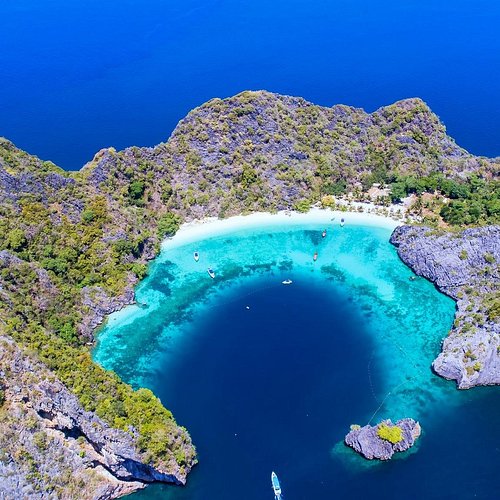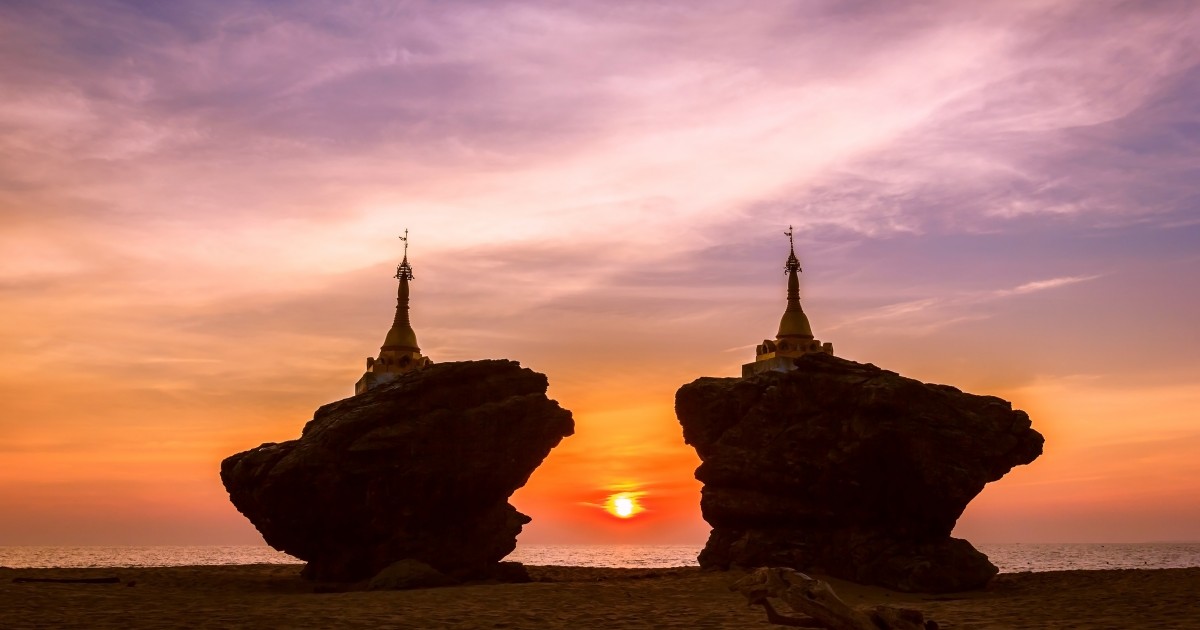Welcome to Shwethalyaung Buddha
Explore the Diversity of States and Regions
In Myanmar
Bago Region
Bago Region is an administrative region of Myanmar, located in the southern central part of the country. It is bordered by Magway Region and Mandalay Region to the north; Kayin State, Mon State and the Gulf of Martaban to the east; Yangon Region to the south and Ayeyarwady Region and Rakhine State to the west.
Shwethalyaung Buddha
This Myanmar reclining Buddha is so big that from looking up from the bottom steps it’s impossible to determine exactly what’s ahead of you. The golden slap you see is only the torso. Measuring 55 m long and 16 m high and Myanmar Shwethalyaung Pagoda is 9 m longer than the reclining Buddha at Wat Pho in Bangkok, but still 19 m short of the Myanmar Buddha in Dawei. You’ll find the Shwethalyaung to the west of the Yangon Bago road, only a little more than 1 km to the Yangon side of Myanmar train station. A sign on the platform in front of the image gives the measurements of each body part the little finger alone extends 3.05m. The Shwethalyaung is reputed to be one of the most lifelike of all Myanmar reclining Buddhas. Myanmar Burmese people say the images represents Myanmar Buddha in a relaxing mode instead of parinibbana (death) since the eyes are wide open and the feet lie slightly splayed rather than parallel.
Myanmar Bago Shwethalyaung Buddha is originally built of brick and stucco in 994 by the Mon King Migadepa II, Myanmar Bago pagoda Shwethalyaung was allowed to deteriorate and was then restored several times before the bestruction of Myanmar Bago in 1757. Bago town was so completely ravaged that huge Myanmar Buddha was totally lost and overgrown by jungle. Myanmar Bago Shwethalyaung Buddha was not found until the British era of the 1880s when an Indian contractor, digging in a large earth mound for fill to be used in the construction of Myanmar railway line rediscovered the image. Restoration began in 1881 and the present iron and steel tazaung, a product of a Calcutta engineering company, was completed in 1903. The 1903s saw another flurry of renovation activity, as a mosaic was added to the great pillow on which the Buddha’s head rests, and Italian marble was laid along the platform at Bago Myanmar.
In addition to the palace itself, the adjacent museum offers a collection of artifacts, including royal regalia, ceramics, and items from the period, providing a deeper understanding of the culture and history of the Mon people. The museum also highlights the importance of Bago as a center of trade and culture in ancient Myanmar.Surrounded by lush gardens, Kanbawzathadi Palace and Museum is not only a place of historical interest but also a serene spot for visitors to reflect on Myanmar’s rich heritage. It attracts both tourists and locals, serving as a reminder of the region's storied past and its significance in the broader history of Southeast Asia.
